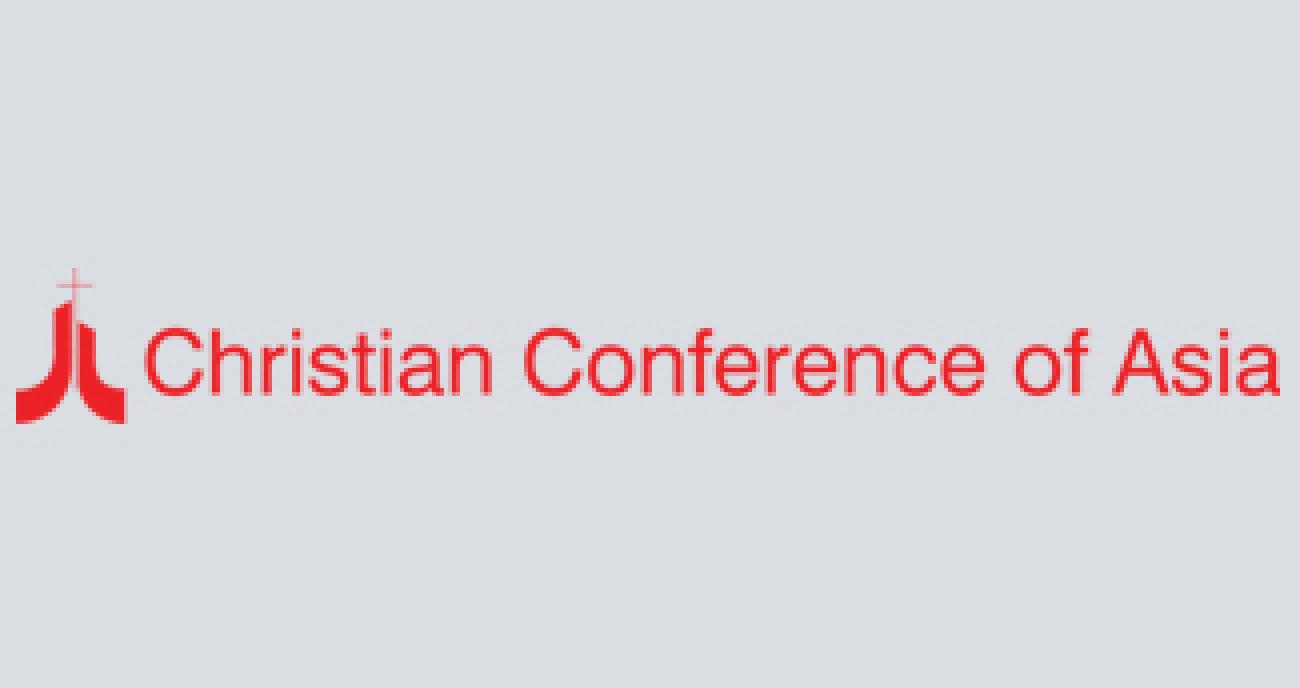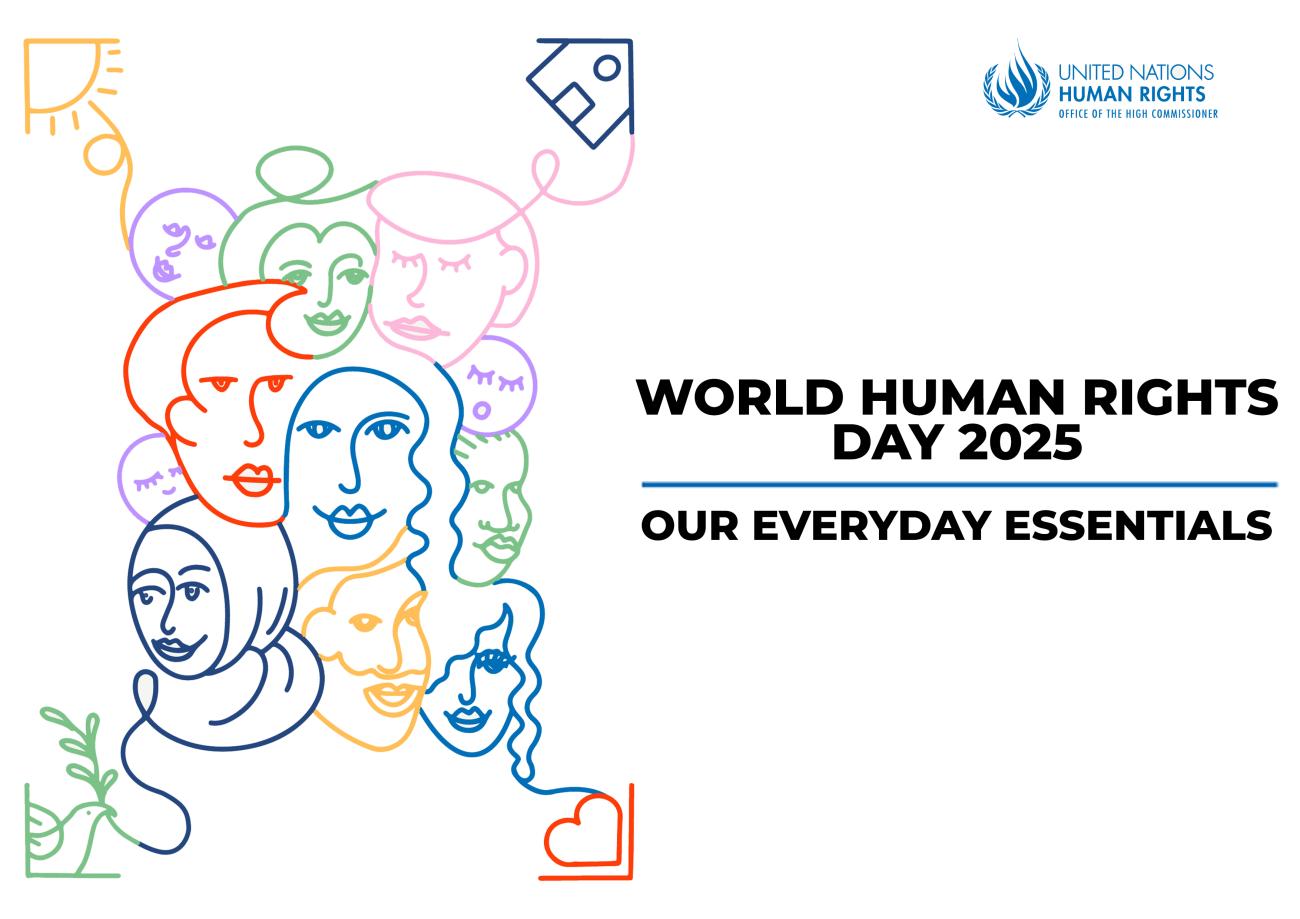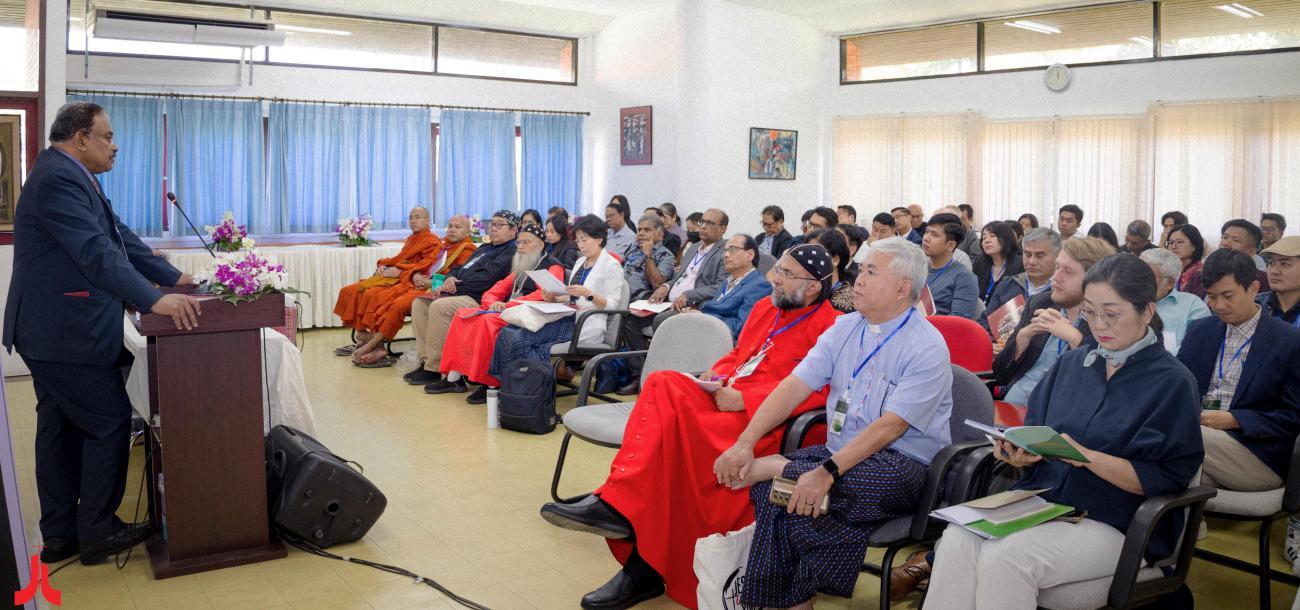Focus, Partner, Achieve: An AIDS-Free Generation

WORLD AIDS DAY 2014
1st December 2014 marks the 26th World AIDS Day when people around the world will join forces to show their support for those living with the AIDS virus, as well as those who have died from the disease. This year's theme is "Focus, Partner, Achieve: An AIDS-free Generation."
An estimated 34 million people are living with HIV, the virus that causes AIDS, and more than 35 million have died from the disease. Ahead of World AIDS Day, the United Nations Children's Fund (UNICEF) urged more investment and access to treatment for children. UNICEF also stated that while all other age groups have experienced a decline of nearly 40% in AIDS-related deaths between 2005 and 2013, those aged 10-19 are the only age group in which AIDS-related deaths are not decreasing.
"We must close the gap, and invest more in reaching every mother, every newborn, every child and every adolescent with HIV prevention and treatment programs that can save and improve their lives," UNICEF Executive Director Anthony Lake said.
The Gap Report of UNAIDS has been very informative and for the first time sounds upbeat and encouraging and challenging to "Focus, Partner, Achieve: An AIDS-free Generation."
HOPE
- The number of people who are newly infected with HIV is continuing to decline in most parts of the world—a decline of 38% from 2001.
- Progress has been dramatic in stopping new HIV infections among children. In 2013, 240 000 [210 000–280 000] children were newly infected with HIV, 58% lower than 2002.
- AIDS-related deaths have fallen by 35% since 2005, when the highest number of deaths was recorded. In the past three years alone, AIDS-related deaths have fallen by 19%, which represents the largest annual decline in the past 10 years.
- Nearly half of the adults living with HIV in sub-Saharan Africa know their status.
- There were 12.9 million people receiving antiretroviral therapy globally at the end of 2013. The percentage of people living with HIV who are not receiving antiretroviral therapy has been reduced from 90% [90–91%] in 2006 to 63% [61– 65%] in 2013.
- Some 87% of people living with HIV who know their status in sub-Saharan Africa are receiving antiretroviral therapy, and nearly 76% of them have achieved viral suppression.
- The number of men who opted for medical male circumcision in the priority countries has tripled in the past two years.
- From 2004 to 2012, TB-related deaths among people living with HIV declined by 36% worldwide.
- Providing access to antiretroviral medicines for pregnant women living with HIV has averted more than 900 000 new HIV infections among children since 2009.
- From 2004 to 2012, TB-related deaths among people living with HIV declined by 36% worldwide.
- Since 1995, antiretroviral therapy has averted 7.6 million deaths globally, including 4.8 million deaths in sub-Saharan Africa.
- Life-saving antiretroviral therapy has helped gain approximately 40.2 million life-years since the start of the epidemic.
GAPS
- Fifteen countries account for nearly 75% of all people living with HIV. In every region of the world, three to four countries host the majority of people living with HIV.
- Fifteen countries accounted for more than 75% of the 2.1 million new HIV infections that occurred in 2013.
- In sub-Saharan Africa, only eight male condoms were available per year for each sexually active individual. Among young people, condom access was even less.
- Twenty-two million, or three of five people living with HIV, are still not accessing antiretroviral therapy.
- Three of four children living with HIV or 76% are not receiving HIV treatment.
- In 2012, people living with HIV accounted for 1.1 million (13%) of the estimated 8.7 million people who developed TB globally.
- Of the estimated 35 million people living with HIV, some 2 million–4 million also have hepatitis B infection and 4 million–5 million people hepatitis C infection.
- Globally, 15% of all women living with HIV aged 15 years and older are young women 15–24 years old. Of these, 80% live in sub-Saharan Africa. In this region, women acquire HIV infection at least 5–7 years earlier than men.
- The HIV prevalence among sex workers is 12 times greater than among the general population.
- There are estimated 12.7 million people who inject drugs, and 13% of them are living with HIV. On average only 90 needles are available per year per person who injects drugs, while the need is about 200 per year.
- Every year, almost 120 000 people aged 50 years and older acquire HIV. People aged 50 years and older need specialized care for HIV and other chronic conditions.
- Same-sex sexual acts are criminalized in 78 countries and are punishable by death in seven countries.
- Sex work is illegal and criminalized in 116 countries. People who inject drugs are almost universally criminalized for their drug use or through the lifestyle adopted to maintain their drug use.
- Forty-two countries have laws specifically criminalizing HIV non-disclosure, exposure and transmission.
REGIONAL SNAPSHOT: ASIA AND THE PACIFIC HIV burden
- After sub-Saharan Africa, the region with the largest number of people living with HIV is Asia and the Pacific. At the end of 2013, there were an estimated 4.8 million [4.1 million–5.5 million] people living with HIV across the region.
- Six countries—China, India, Indonesia, Myanmar, Thailand, and Viet Nam— account for more than 90% of the people living with HIV in the region.
- Four other countries—Cambodia, Malaysia, Nepal and Pakistan—account for another 6% of the total number of people living with HIV in Asia and the Pacific. In addition, high rates of HIV prevalence have been observed in some regions of Papua New Guinea.
- India has the third largest number of people living with HIV in the world—2.1 million [1.7 million–2.7 million] at the end of 2013—and accounts for about 4 out of 10 people living with HIV in the region.
- In most countries in Asia and the Pacific, sex workers and their clients, gay men and other men who have sex with men, transgender people and people who inject drugs represent the populations most affected by the epidemic. A large proportion of them are under the age of 25.
- In addition, the sexual partners of the clients of female sex workers, gay men and other men who have sex with men and men who inject drugs—often referred to as intimate partners—are also affected by the epidemic.
- The epidemic is predominantly heterosexual in nature; but, in several countries, people who inject drugs and gay men and other men who have sex with men have a significant share of the burden.
- In countries where these key populations have been prioritized, HIV prevalence in the general population and among key populations has remained low with significant gains in reducing the burden of HIV nationally.
For example, India prioritized reaching sex workers and their clients, gay men and other men who have sex with men, people who inject drugs and transgender people from the very inception of its national AIDS response in 1992 and has scaled up access over the last 20 years. As a result, new HIV infections and AIDS-related deaths have decreased significantly over time. Yet, new local epidemics continue to emerge, pointing to the need for vigilance and rapidly responding to the shifting patterns of the epidemic.
AIDS-related deaths
- In Asia and the Pacific, the number of AIDS-related deaths fell by 37% between 2005 and 2013. Even though India’s share of all AIDS-related deaths in the region was more than 51%, the country recorded a 38% decline in AIDS-related deaths between 2005 and 2013. During this period, there was a major scale up of access to HIV treatment. At the end of 2013, more than 700 000 people were on antiretroviral therapy, the second largest number of people on treatment in any single country.
- Cambodia recorded the largest decline in AIDS-related deaths, reducing deaths by 72%, followed by declines of 56% in Thailand and 29% in Myanmar. However, in some countries—including Indonesia, which has the third largest number of people living with HIV in the region—where access to antiretroviral therapy remains low, AIDS-related deaths increased by more than 3.5 fold.
HIV and tuberculosis co infection—continued need for the integration of services
Prompt diagnosis is essential for effective HIV and tuberculosis treatment as the number of people in Asia and the Pacific living with HIV who are screened for tuberculosis is increasing each year. However, HIV testing and counselling is not as yet a routine component of tuberculosis care in the region. In 2013, only 33% and 28% of notified tuberculosis patients were tested for HIV in East Asia and in Oceania, respectively.
New HIV infections
New HIV infections in South and South-East Asia declined by 8% and by 16% in the Pacific between 2005 and 2013. However, the breakdown by country shows a mixed picture. New infections declined by 58% in Myanmar, by 46% in Thailand, by 43% in Viet Nam and by 31% in Papua New Guinea. In India, the numbers of new HIV infections declined by 19%, yet it still accounted for 38% of all new HIV infections in the region.
The situation in Indonesia is cause for concern, where new HIV infections increased by 48% and the country’s share of new HIV infections in the region reached 23% in 2013, second only to India. The number of new HIV infections also increased in Pakistan.
Sex work
- High HIV prevalence among female sex workers is one of the major factors in the spread of HIV in the region. Of the 21 countries in the region from where reports are available, it is estimated that there are nearly 4.6 million women who sell sex.
- Sex workers, due to the nature of their profession, have a large number of sexual partners. The number ranged for 48 clients per week in Bangladesh to 4 clients per week in the Maldives.
- Self-reported condom use among female sex workers is high. The regional median for condom use was about 80%.
- Sex workers face a high level of stigma and discrimination. Across the region, aspects of sex work are criminalized in many countries.
Gay men and other men who have sex with men
- Another distinct feature of the epidemic in Asia and the Pacific is the transmission of HIV between gay men and other men who have sex with men. It is estimated that 0.1–4.3% (regional median 1.4%) of the adult male population in the region are gay men or other men who have sex with men. A significant proportion of gay men and other men who have sex with men also have heterosexual relationships and are married to women.
- The regional median coverage of HIV services for gay men and other men who have sex with men stands at 48%. HIV testing among gay men and other men who have sex with men is low. Less than half of all gay men and other men who have sex with men have comprehensive knowledge about HIV.
People who inject drugs
- There are an estimated 3.8 million people who inject drugs in Asia and the Pacific. Among these, 2.5 million are estimated to live in China. Other countries with more than 30 000 people who inject drugs in the region include Australia, India, Indonesia, Malaysia, Myanmar, Nepal, Pakistan, Thailand and Viet Nam.
- In four provinces and cities of Viet Nam, HIV prevalence was at least twice the national average among people who inject drugs. HIV can rapidly spread among people who inject drugs. For example, in the city of Cebu, HIV prevalence among this key population rose from negligible levels in 2009 to more than 52.4% in 2013. The regional median for the availability of needles and syringes was about 116 per person who injects drugs per year compared to the requirement of more than 200 per year. Only one country—Bangladesh—reaches this level.
- Access to HIV prevention and treatment services in the region can be vastly improved if drug use is decriminalized. Currently, 11 countries still practice the compulsory detention of drug users and 15 countries impose the death penalty on drug users. Preventing new HIV infections among people who inject drugs requires a public health approach and an end to punitive laws.
Intimate partners
In Asia, the majority of HIV infections among women occur among the long-term sexual partners of the clients of sex workers, gay men and other who have sex with men and people who use inject drugs.
Programme data from India indicates that more than 75% of women testing HIV-positive had a migrant husband. . However, many countries restrict access to health services for migrants or they are simply not able to afford services because of their legal status or income earnings. This, in turn, increases risk behaviour and ultimately affects their sexual partners and the children they have in future.
Transgender people
Transgender people in Asia and the Pacific are often left behind in HIV related programmes in the region. While many countries have dedicated programmes to reach this population, stigma and discrimination, a lack of recognition of their gender status and violence and abuse create the conditions for HIV take hold. A large proportion of transgender people also sell sex. Consistent condom use with clients and casual partners among transgender sex workers is about 50% or less in most places.
- Awareness about HIV and HIV testing is at similar levels. India has taken special steps to reach this population. Coverage of prevention services for transgender people is reported to be as high as 83%. In 2014, the Supreme Court of India issued a landmark judgement directing the Government of India to recognize transgender people as a third gender and to formulate special health and welfare programmes to support their needs. Similarly, a court case in Nepal previously paved the way to officially recognize a third gender in citizenship documents and, in Pakistan, the Supreme Court directed the National Database and Registration Authority to add a third gender column to national identity cards for transgender people, giving them the right to register to vote. Similar initiatives are needed across the region and, indeed, across the world.
Investments for the AIDS response
In Asia and the Pacific, about US$ 2.2 billion was invested in the AIDS response in 2012. Nearly half of this was invested in HIV treatment programmes and another quarter on HIV prevention activities. However, of the US$ 186 million invested in HIV prevention activities by 15 reporting countries, only 36% of this amount was directed towards gay men and other men who have sex with men, people who inject drugs, transgender people and sex workers.
Adolescent Girls And Young Women
Worldwide, there are approximately 880 million adolescent girls and young women aged 15–24 years. Despite making up 12% of the world’s population, this population is often left without a voice or control of their own bodies.
Gender-based violence and limited access to health care and education, coupled with systems and policies that do not address the needs of young people, are obstacles that block adolescent girls and young women from being able to protect them-selves against HIV, particularly as they transition into adulthood.
Globally, there are about 380 000 new HIV infections among adolescent girls and young women(10–24) every year.
Globally, 15% of women living with HIV are aged 15–24, of whom 80% live in sub-Saharan Africa.
In sub-Saharan Africa, women acquire HIV five to seven years earlier than men
The Top 4 Reasons are Gender-based violence; Lack of access to health services; Lack of access to education and Policies that do not translate into action.
The Gap can be closed by Ending all forms of gender-based Violence; Ensuring access to quality health services; Keeping girls in school and Empowering young women and girls to challenge and change social norms.
CCA - HIV AIDS Is actively pursuing a three year project on ‘A Holistic Approach to Build Sustainable HIV & AIDS Competent Churches and Communities’ in collaboration with all the churches in Asia.
Photo courtesy: Internet sources
Inputs from UNAIDS








